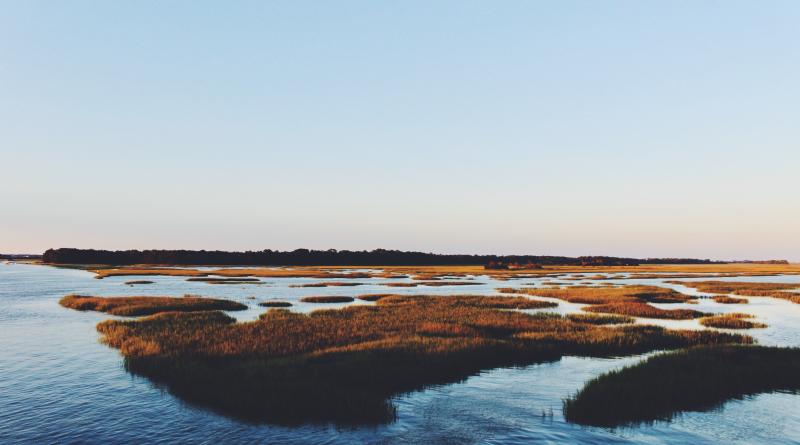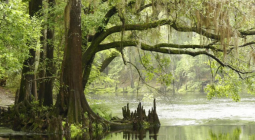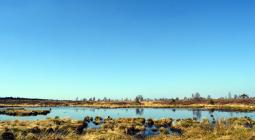Why are wetlands so important in the fight against climate change?

Wetlands are home to an abundance of animal and insect life and a vital part of the fight against climate change, yet they are disappearing at an alarming rate
-
What is a wetland?
According to Rewilding Britain, wetland is a catch-all term for anything from a puddle to an ocean, but in the context of the environment the term usually refers to freshwater wetlands.
This includes a range of habitats from bog, to fen, reedbed, pond, wet meadow, wet woodland or washland. They are found all over the world.
A healthy wetland is one of the most ecologically abundant places on earth. Wetlands are a natural habitat of Britain but many of them have been altered almost beyond recognition.
Wetlands vary greatly: Some wetlands are very extensive, such as blanket bog, while others are smaller sites, such as upland spring and flush.
In other cases, particularly in the lowlands, drainage and industrial-scale peat-cutting has reduced or destroyed many wetlands. Areas of raised bog, fen and reedbed are now a fraction of what they once were.
Some types of wetlands are now legally protected, but many are still in a poor condition.
-
Why are they so important to the planet?
More than 140,000 described species – including 55 per cent of all fishes – rely on freshwater habitats for their survival. Freshwater species are important to local ecosystems, provide sources of food and income to humans and are key to flood and erosion control. Yet wetland species are going extinct more rapidly than terrestrial or marine species, with almost a third of all freshwater biodiversity facing extinction due to invasive species, pollution, habitat loss and over-harvesting.
Also, plant matter steadily decays and accumulates in the waterlogged conditions of wetlands.
Wetlands store more carbon than any other ecosystem, with peatlands alone storing twice as much as all the world’s forests, according to the United Nations Environment Programme. Inland wetland ecosystems, also absorb excess water and help prevent floods and drought, widely seen as critical to helping communities adapt to a changing climate.
However, the ability of a freshwater wetland habitat to capture carbon varies according to the condition of the wetland.
Good management is critical to ensuring that the habitat can store more carbon for years to come. It is also vital that remaining high-quality wetlands are protected, as it can take decades for restored wetlands to be able to draw down carbon at the same rate as natural wetlands.
“Healthy wetlands – critical for climate mitigation, adaptation, biodiversity, and human health and prosperity – punch above their weight in terms of benefits,” says Leticia Carvalho, Principal Coordinator for Marine and Freshwater at the United Nations Environment Programme (UNEP).
“Making sure that they continue to deliver vital ecosystem services to humanity requires… their prioritisation, protection, restoration, better management and monitoring.”
-
Why are they under threat?
Wetlands are one of the Earth’s most threatened habitats. Some 85 per cent of wetlands present in 1700 were lost by 2000, many drained to make way for development, farming or other “productive” uses. Disappearing three times faster than forests, their loss spells an existential threat for hundreds of thousands of animal and plant species.
Scientists estimate that 64 per cent of the world’s wetlands have disappeared since 1900. In the latest Global Wetland Outlook paper, researchers reported that 35 per cent of wetland habitat losses have happened since 1970.
The results can be catastrophic. Nearly a fifth of the world’s dragonflies and damselflies are at risk of extinction, a nature conservation group has found.
The destruction of wetland habitats is driving the decline; for example in Southeast Asia where rainforest and wetland areas are being cleared to make room for crops such as palm oil.
Some 16 per cent out of 6,016 species of dragon and damselflies are at risk of extinction, according to the International Union for the Conservation of Nature’s (IUCN) red list of threatened species.
The good news is that protection, sustainable management and restoration of wetlands work. Improving management of wetlands brings health, food and water security benefits – critical to the health and livelihoods of four billion people reliant on wetlands’ services, says the Global Wetland Outlook.





